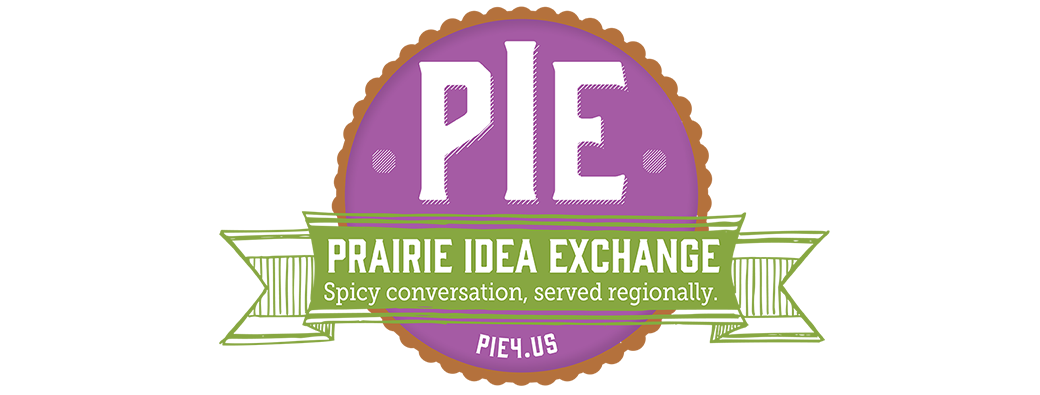A half-century ago, three northeastern counties realized they would be stronger working together.
By 1990, the Glacial Lakes and Prairies Tourism Region had increased its membership to 20 counties in northeastern South Dakota, southeastern North Dakota and western Minnesota, and today, the organization continues to promote the region through collaborative marketing efforts.
“We’re kind of like a Chamber—only we cover the entire region of northeastern South Dakota, and we have over 300 members. … Our mission is to promote tourism and economic development throughout north and South Dakota,” Executive Director Rosie Smith said. “We focus on the tourism aspect, but that does create economic development.”
For instance, hunting lodges feed customers to local restaurants, which may not have enough traffic to remain open on their own.
They’ve “got to have those repeat hunters and fishermen traveling and staying at (their) hotels. That’s what creates that economic boom, and that’s what creates further development,” including tourist attractions such as water parks and hotels.
The state is divided into four tourism regions: the Glacial Lakes and Prairies Region, the Southeast Region, the Missouri River Region and the Black Hills and Badlands Region. Each is a non-profit, membership-based organization and collaborates within its region and with the state Department of Tourism to promote South Dakota’s tourist attractions and communities. All four regions collaborate on state-level marketing, such as the South Dakota Tourism Guide and www.travelsd.com. The state also provides $25,000 to each of the four regions annually, to be used as a financial match for marketing.
Smith said that the benefits for tourist attractions and retailers collaborating through the regional tourism entities, local chambers of commerce and cities include not just marketing, but also networking. Interacting with like-minded professionals from other communities “adds real value and gives you perspective and gets your face and name and business out there,” she said.
Approaching tourism from a regional perspective helps attractions, hotels and restaurants keep an eye on how their competition is reaching tourists. But, while many worry about “the competition” as a threat to their own business’s livelihood, Smith stressed that the attractions and organizations also can collaborate to compete on a larger scale.
“You’re all in this together, whether it be your community or your region. … You don’t want to compete and have the same event date,” she said. Instead, they “can work together to attract some of the same vendors. … It’s important to be involved and to know what other people are doing, because you can cross-promote yourself.”
When visiting with out-of-staters, Smith said, she asks them what brings them back to the same restaurant or the same lodge year after year and reports that information back to businesses in her area, because “if you have a successful relationship with people and reach out to your customers … that’s not only important to your business, but that’s vital to your community—that you have repeat customers and you have people who want to come to your community and spend money. They’re not just going to stay the hotel. They’re going to buy gas, they’re going to eat, and they’re going to tell a friend about you.”
Attending festivals in neighboring communities and patronizing their attractions, too, is positive for everyone.
“Then, you know what direction they’re going and where they’re headed,” she said. “If you can get those folks to stay one more day or to come back or to tell a friend, ‘I had a fabulous trip,’ that is vital to our future development and what’s … going to be the next big thing.”
 Dakotafire Get your spark here.
Dakotafire Get your spark here.



